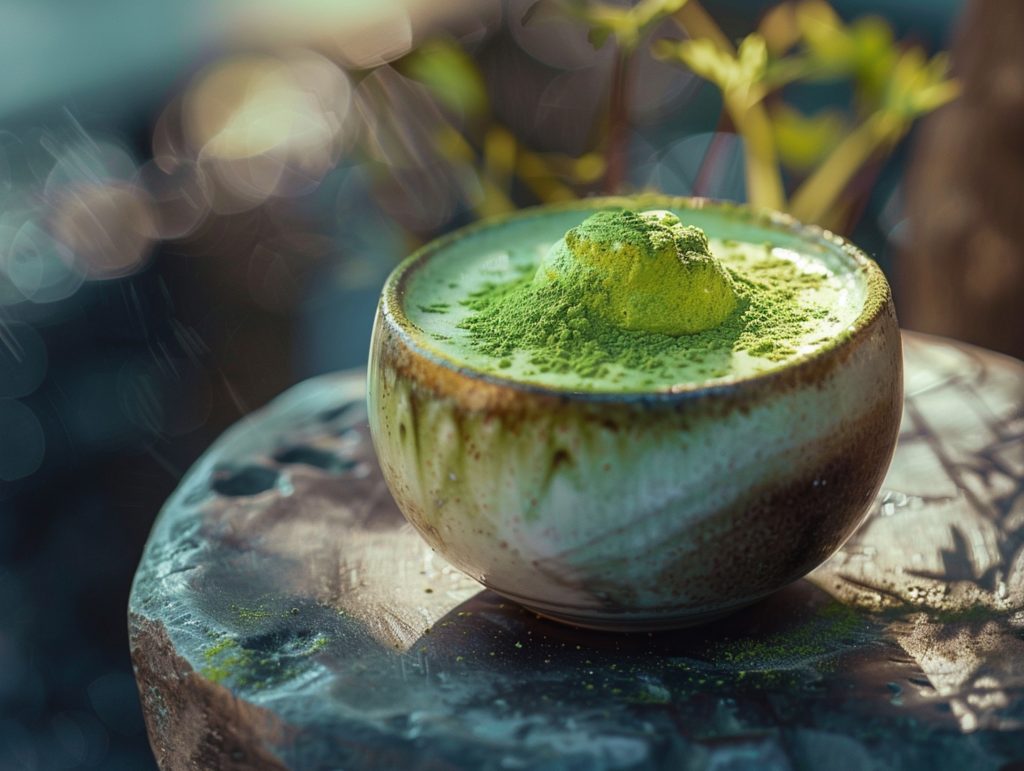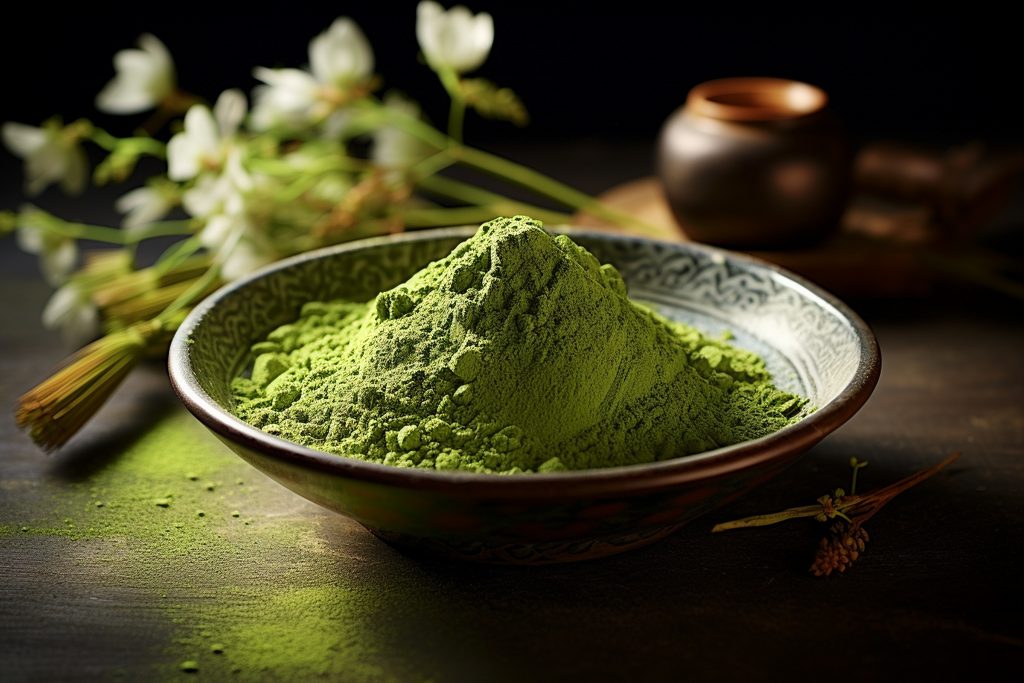
As a mom—and a nutritionist—I drink a lot of tea. Some days it’s for an energy boost; other days, it’s for comfort and slowing down. Between driving the kids around, managing a busy household, and sneaking in a bit of self-care, I get how overwhelming it can be to figure out which teas are actually worth your attention. Lately, I’ve been reaching for two Japanese teas that couldn’t be more different: matcha and hojicha. Same plant, but night and day in experience.
Getting to Know Matcha and Hojicha
I’m sure many of you have heard all about matcha—it’s hard to miss with all the buzz—but hojicha? That one often flies under the radar. Even though both come from the same tea family, they couldn’t be more different in flavour and personality.

If you’ve ever seen that vibrant green powder in lattes or smoothie bowls, that’s matcha. Matcha starts with young, shade-grown green tea leaves. Covering the plants before harvest slows their growth, which boosts chlorophyll and gives the leaves that bright green colour. After harvesting, the leaves are steamed to stop oxidation, then dried and deveined. Finally, they’re stone-ground into a fine powder. The result is a vibrant green tea powder that you whisk into hot water—so when you drink it, you’re consuming the entire leaf, which is why it’s packed with nutrients and antioxidants.
One thing to know: matcha has significantly more caffeine than other teas—sometimes over 20 times the amount found in hojicha. But don’t worry—it’s balanced out by calming amino acids, so the energy boost feels smooth and focused, not jittery.
The taste? Fresh, grassy, and kind of earthy—but in a way that wakes you up. Almost like springtime in a cup. Perfect for those mornings when I need to get moving.

Hojicha, on the other hand, is quite different. Instead of young, shade-grown leaves, it’s made from older green tea leaves (sometimes including stems). The leaves are roasted over high heat, which turns them a warm brown and gives that distinctive nutty, toasted flavour. Sometimes you’ll see it sold as loose tea, sometimes as a powder for lattes. That roasting changes everything—it lowers the caffeine and gives it this nutty, toasty flavour. Think caramel, toasted nuts, or that comforting smell when you walk into a coffee shop. This one feels like fall in a cup.
Because of the roasting, hojicha has less caffeine and fewer antioxidants than matcha, but it’s easier on the stomach and perfect for sipping later in the day. You’ll find it sold either as loose tea leaves or as a powder for lattes and other recipes.
For me, I love hojicha. It’s what I reach for when I want something warm and soothing but still a little special. It’s gentle on digestion and doesn’t keep me up at night. Matcha gives you a gentle kickstart to the day, and hojicha can help you wind down at night.
Why I Love Hojicha
I reach for hojicha often, and for good reason. It’s low in caffeine, which makes it a gentle option I can enjoy any time of day—perfect for someone like me who’s sensitive to caffeine. I can sip it in the afternoon or evening without worrying about staying up (because moms need all the sleep we can get!). Second, the flavour is really enjoyable—warm, nutty, roasted, with distinct notes of cocoa. It’s smooth, easy to drink, and a tea I never get tired of.
Nutritionist Takeaway
Both teas have their perks:
- Matcha brings more antioxidants and a steady energy lift (thanks to a combo of caffeine + L-theanine, an amino acid that helps with focus).
- Hojicha is lighter, gentler on the stomach, and better for winding down without the jitters.
It really comes down to what your body needs that day. Want focus and energy? Go matcha. Need calm and cozy? Go hojicha.
Which One Should Busy Moms Like Us Reach For?
From my experience, it really depends on the moment:
Hojicha shines at the end of the day. With barely any caffeine, it’s gentle and relaxing, making it the perfect tea to sip once the kids are in bed and the house is finally quiet.
Matcha is great when you need that natural lift to get through the morning rush or afternoon slump. It’s got enough caffeine to wake you up, but not in the jittery way coffee sometimes does—thanks to those calming amino acids.
Health Benefits (Because We Love Those!)
Matcha is packed with antioxidants, which help support heart health, immune function, and mental focus. Because you’re consuming the whole leaf, you’re getting more nutrients than a typical green tea, and it provides a steady, balanced energy boost—enough to get through the morning chaos without the jitters.
Hojicha has fewer antioxidants due to the roasting process, but it still offers plenty of benefits. It’s gentle on digestion, soothing for the nervous system, and low in caffeine, so you can enjoy it any time of day without worrying about staying up at night. It’s a simple, easy-to-drink tea that’s perfect for when you want a calming moment during a busy day.
How I Like to Enjoy Them
In the morning, I often make a simple hojicha latte—hojicha powder whisked with warm milk (dairy or plant-based) and a touch of honey or maple syrup. It’s smooth, lightly sweet, and helps me start the day feeling grounded. When I need focus and energy for a busy day, I’ll reach for matcha instead.
I also love turning it into boba tea for the kids—they absolutely love it.
Both teas have earned a permanent spot in my kitchen. Matcha is my go-to when I need a clear, focused boost to tackle the morning or power through the afternoon slump. Hojicha, on the other hand, is perfect for slowing down, unwinding after the kids are in bed, or just enjoying a calm moment without worrying about caffeine.
The great thing is that both teas are simple ways to add a little mindful pause into your day—something that feels good for your body and your mind. Whether you’re sipping matcha for energy or hojicha for calm, you’re treating yourself to a small daily ritual that supports wellness, focus, and balance.